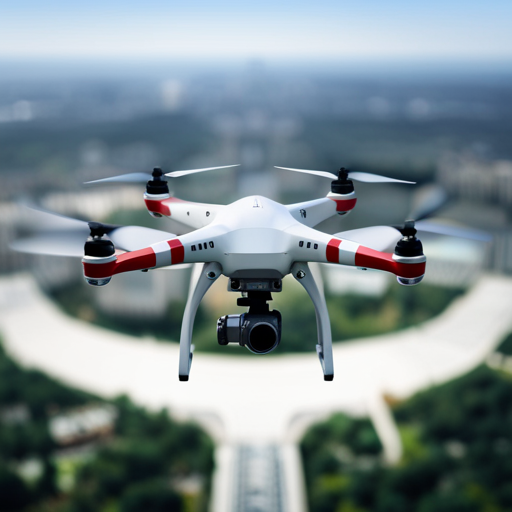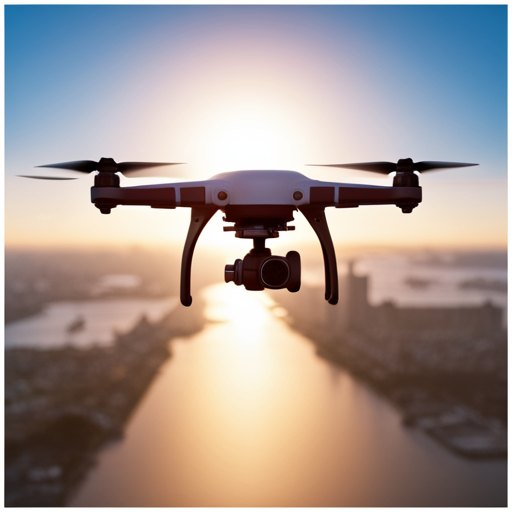How Do Counter-Drone Systems Actually Work?
2025-04-03
Counter-drone systems operate through a combination of detection, identification, and neutralization technologies. The most common approaches involve radio frequency jamming, radar detection, electro-optical tracking, directed energy weapons, and physical interception methods. Radio frequency jamming works by disrupting the communication link between the drone and its operator or interfering with GPS navigation, forcing the drone to either hover, return to its origin, or land. Radar systems employ high-frequency electromagnetic waves to detect small UAVs in low-altitude airspace, proving particularly effective during nighttime operations or adverse weather conditions. Electro-optical systems combine high-resolution cameras with infrared sensors to visually confirm and track targets, reducing false positives. More advanced solutions like laser weapons deliver precise energy beams to disable or destroy drones, primarily used in military applications. Physical interception methods include net-capture systems or interceptor drones designed for direct confrontation. Modern systems often integrate multiple technologies to create layered defense architectures, such as combining radar surveillance with RF jamming and optical confirmation for comprehensive protection around sensitive sites like airports or government facilities.
Related News
Where Is Counter-Drone Technology Heading?
2025-04-03
+
How Do Counter-Drone Systems Actually Work?
2025-04-03
+

















